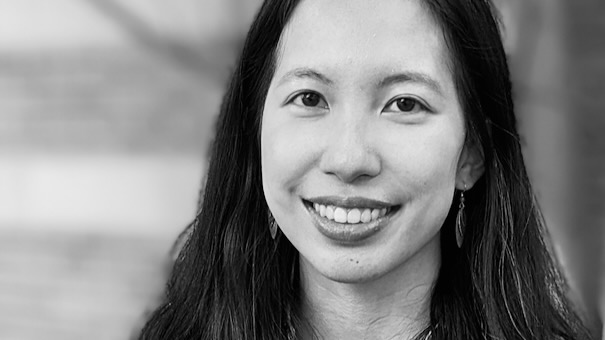Jennifer Kuo / The restructuring of abstract URs in Maga Rukai

Jennifer Kuo / The restructuring of abstract URs in Maga Rukai
November 21, Jennifer Kuo joins us from Cornell to present her work on computational learning of morphological and phonological patterns. Her talk on "The restructuring of abstract URs in Maga Rukai" is abstracted below.
Morphophonemic learning involves not just learning rules/constraints, but also Underlying Representations (URs), from which surface forms are derived. The more abstract URs are allowed to be (i.e. the more URs are allowed to deviate from surface forms), the more challenging UR learning becomes. While earlier work in formal phonology tolerated highly abstract URs, a growing body of research, starting with Kiparsky (1968; 1973, et seq.), suggests that speakers may be biased against learning overly abstract URs. The Maga dialect of Rukai (Austronesian, Taiwan) is suited to addressing this question, because it has a so-called rhythmic syncope alternation that requires positing relatively abstract URs. This talk looks at how the Maga syncope pattern has been restructured over time to probe at issues of representational abstractness. I use diachrony as a window into morphophonological learning; the idea is that acquisition errors can be adopted into speech communities, resulting in change over time. To preview results, I find that speakers have restructured the rhythmic syncope pattern in a way that results in more concrete URs, providing support for the idea that speakers are biased against learning highly abstract representations.

